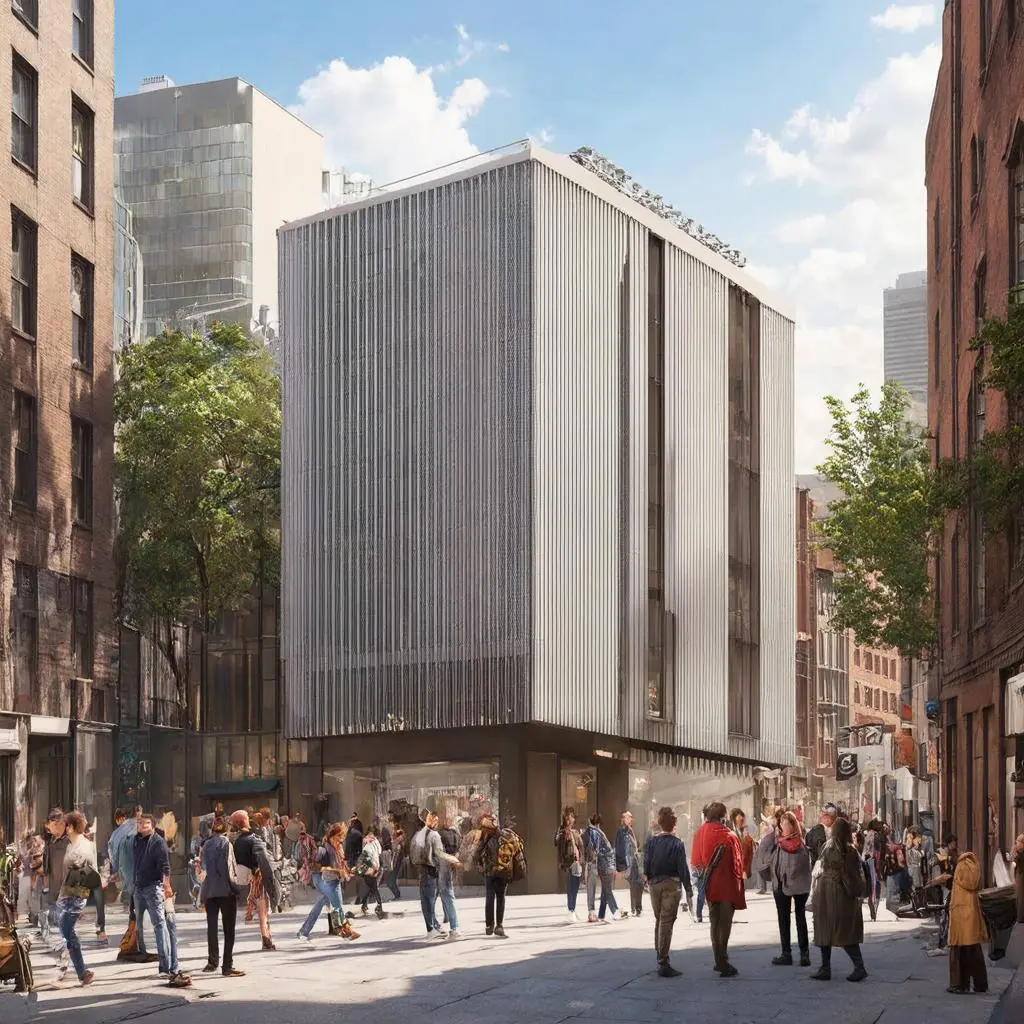In today’s rapidly changing world, adaptability is key to sustainable development and community growth. One innovative approach gaining momentum is adaptive reuse, a process that transforms underutilized spaces into vibrant assets that serve the needs of the community. This concept not only revitalizes neglected properties but also fosters social responsibility and community engagement. A compelling example of this is the conversion of vacant hotels into affordable housing, which not only addresses housing shortages but also breathes new life into neighborhoods.
The Concept of Adaptive Reuse
Adaptive reuse is the practice of repurposing existing buildings for new functions, a method that conserves resources and provides solutions to urban challenges. This approach is particularly relevant in cities where space is limited and the need for housing, commercial spaces, or community centers is high. It involves creative solutions that retain the historical and cultural essence of a building while modifying its function to serve current needs. Adaptive reuse minimizes demolition waste and preserves the architectural heritage, making it a sustainable choice for urban development.
Challenges and Successes in Transforming Spaces
Transforming spaces through adaptive reuse presents both challenges and opportunities. One significant challenge is the structural and regulatory hurdles that must be overcome. Older buildings might require extensive renovations to meet modern codes for safety and accessibility. Additionally, alignment with local zoning laws and community planning regulations can be complex and time-consuming. Financial constraints also pose a barrier, as renovation costs can be unpredictable and may require substantial investment.
Despite these challenges, numerous success stories demonstrate the potential of adaptive reuse. Cities across the world have seen transformative impacts from the conversion of underutilized hotels into affordable housing. These projects often lead to reduced homelessness, integrated communities, and increased economic activity. Innovative financing solutions and public-private partnerships have been critical in overcoming financial barriers, showcasing how collaboration can unlock value from derelict spaces.
Inspiring Community Development and Social Responsibility
The success of adaptive reuse projects extends beyond the physical transformation of spaces. They inspire small businesses and local initiatives to think creatively about contributing to community development and social responsibility. By seeing how large structures like hotels can be repurposed, small businesses are encouraged to leverage their spaces and resources in innovative ways. Whether it’s a local coffee shop doubling as a community hub or a coworking space offering workshops and events, the possibilities are endless.
Furthermore, adaptive reuse projects highlight the importance of stakeholder collaboration, involving local governments, businesses, and communities in the planning process. This collective approach not only ensures that the outcome meets community needs but also fosters a sense of ownership and pride among residents. Engaging in adaptive reuse teaches businesses to prioritize sustainability, community engagement, and cultural preservation, going beyond profit to make a positive impact on society.
Conclusion
Adaptive reuse is a powerful tool for shaping our communities in the face of urban challenges. By reimagining and repurposing underutilized spaces like defunct hotels, we can create affordable housing solutions, stimulate economic growth, and promote social welfare. The challenges of such transformations are outweighed by the potential benefits, offering inspiration for small businesses and local initiatives to think creatively about their roles in community development. As these projects proliferate, they not only rejuvenate physical spaces but also build resilient, connected, and sustainable communities for the future.



